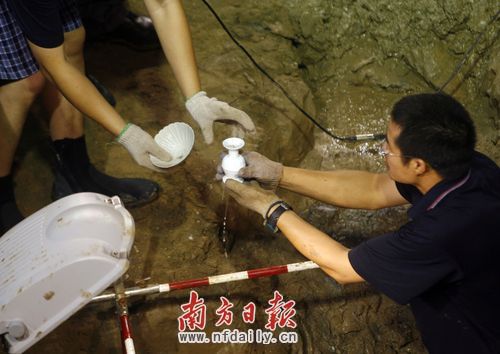Precious artifacts found on ancient vessel
Chinese archaeologists have discovered more than 200 precious porcelain artifacts on an 800-year-old merchant ship in the southern province of Guangdong.
The 40-day trial excavation ended Saturday and a massive excavation would start next year, said Wei Jun, an archaeologist leading the excavation.
The Nanhai (South China Sea) No. 1 ship from the Song Dynasty (960-1279) was loaded with an estimated 60,000 to 80,000 pieces of relics.
Archaeologists have also found well-preserved cabin, board and deck in the trial excavation.
They had recovered more than 4,000 artifacts of gold, silver and porcelain, and about 6,000 copper coins on the merchant ship while it was still on the seabed.
Discovered in mid-1987 off the coast near Yangjiang City, the 5,000-tonne Nanhai No. 1 was recognized as one of the oldest and biggest merchant boats sunk in Chinese waters.
Experts said the well-preserved vessel has offered more evidence for the existence of an ancient maritime trade route linking China and the West.
The ship, 30.4 meters long and 9.8 meters wide, was salvaged off the coast of Guangdong and moved to its purpose-built "Crystal Palace" at the Marine Silk Road Museum in Yangjiang in December 2007.
The glass pool features a water temperature, pressure and other environmental conditions that were the same as where the ship had rested on the sea floor for centuries.
 0
0 








Comments